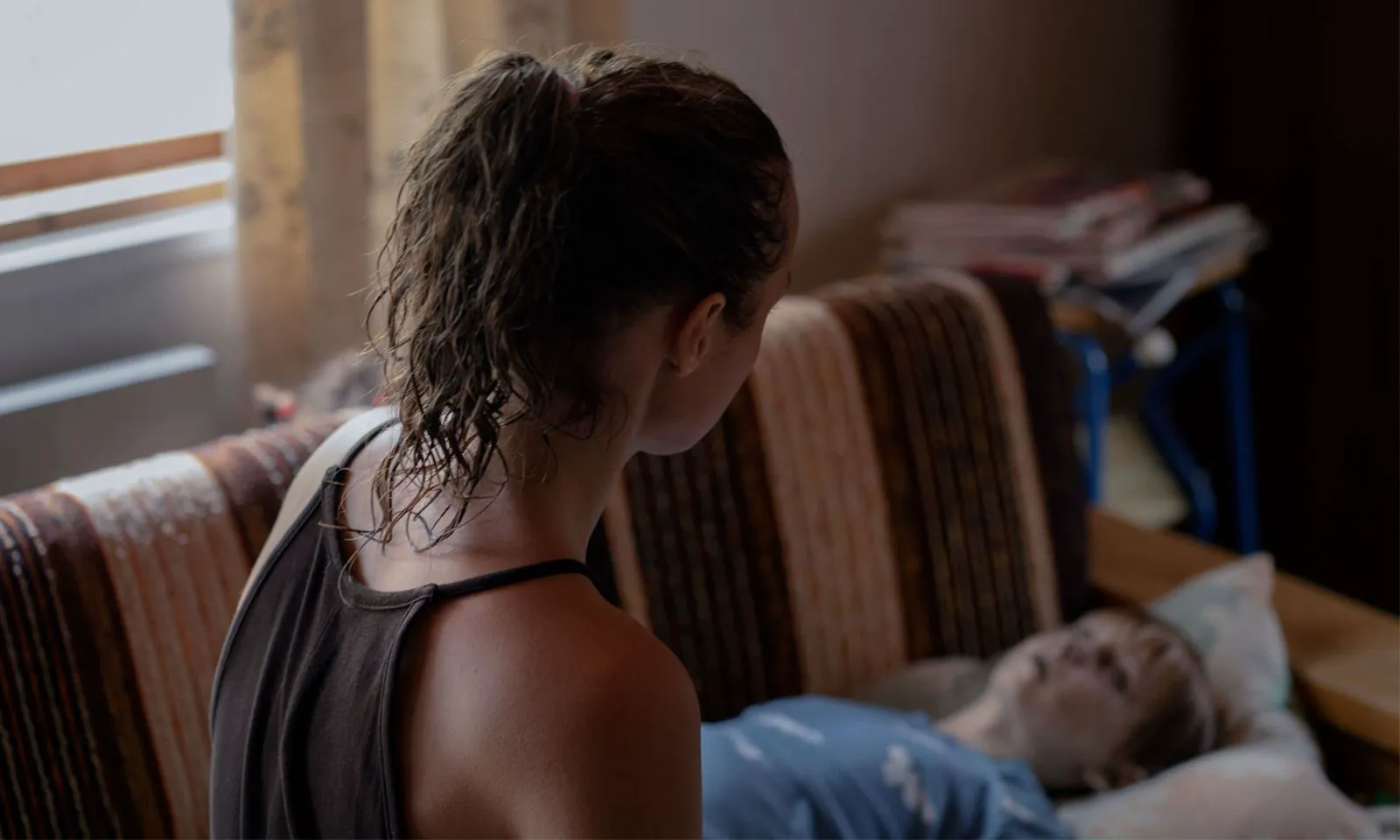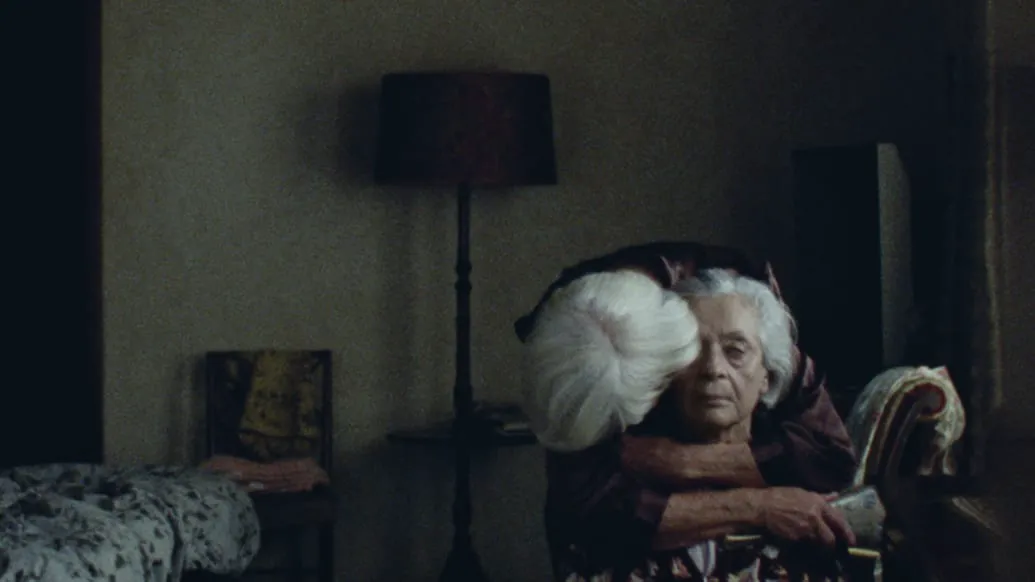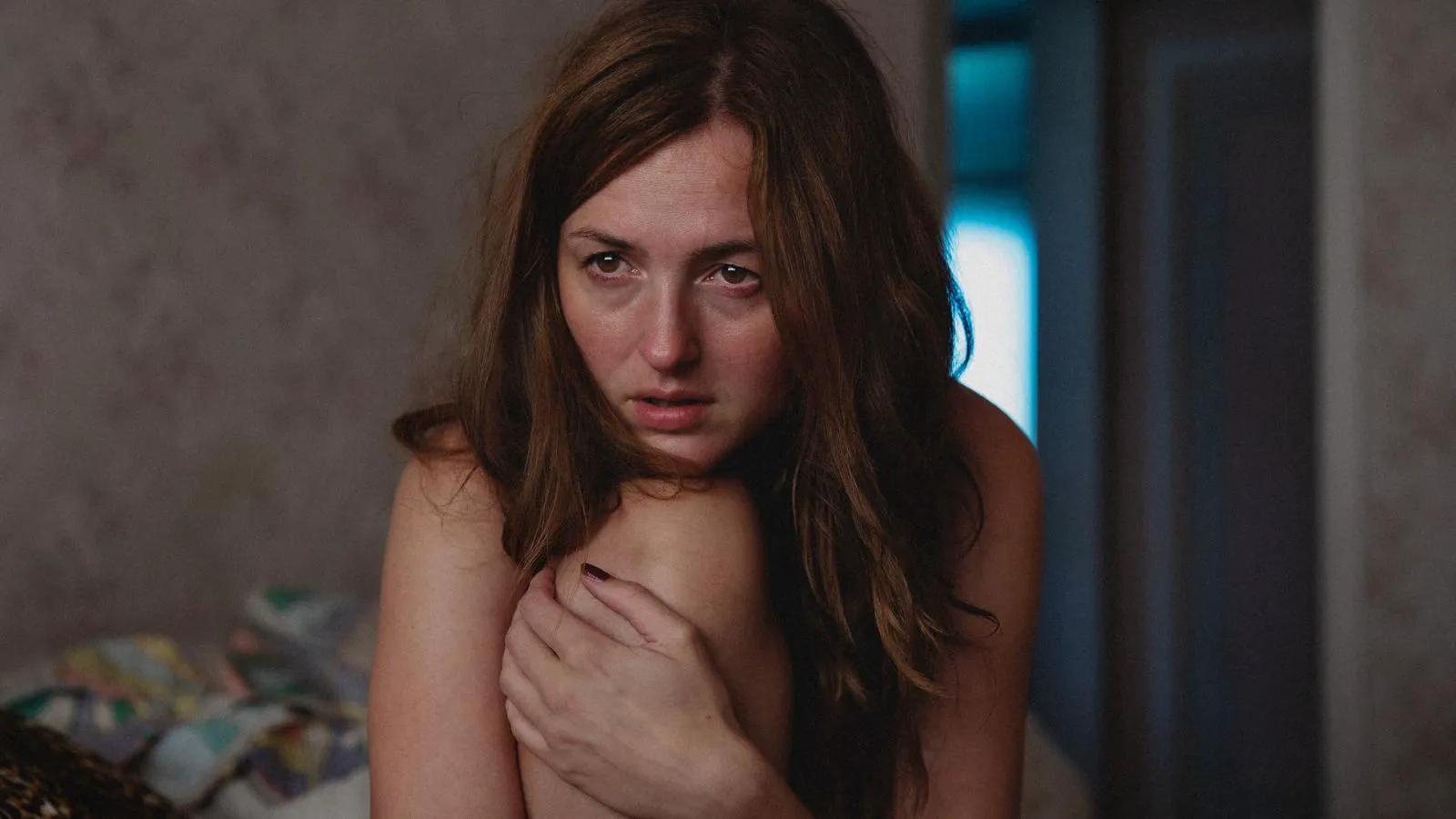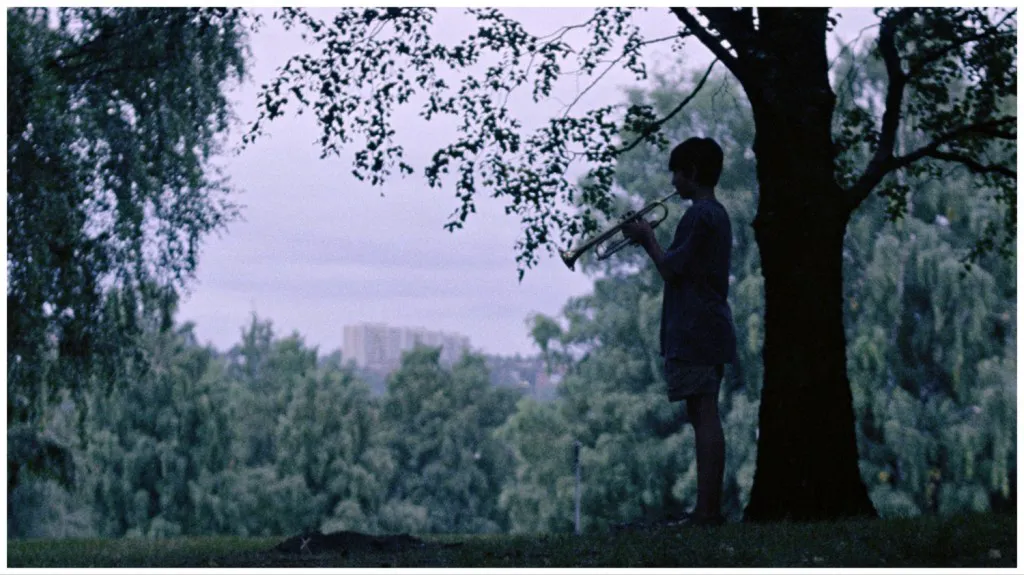The Silently Returned: A Look at “Handling the Undead”
In Oslo, the lights flicker and die, plunging the city into darkness for a few fleeting moments. The cause? A magnetic storm, perhaps, or something equally inexplicable. But the blackout is merely a prelude, a harbinger of a far more profound event. Soon, the city’s inhabitants are confronted with the unthinkable: the dead are returning to their families. Silent, in varying states of decay, they stand as unsettling reminders of loss, leaving the living to grapple with the impossible reality and decide how to proceed.

Renate Reinsve as Anna in “Handling the Undead”
“Handling the Undead” is an adaptation of the novel of the same name by John Ajvide Lindqvist, the acclaimed author of “Let the Right One In.” Lindqvist also penned the short story that served as the basis for Ali Abbasi’s Oscar-nominated film, “Border.” For Norwegian director Thea Hvistendahl, “Handling the Undead” marks her feature directorial debut, with Lindqvist co-writing the screenplay.

Bente Børsum as Tora in “Handling the Undead”
Grief and the Undead
The film weaves together three distinct narratives, each exploring the impact of the undead’s return on different families.
Anna and Her Father
Anna (Renate Reinsve) lives with her father (Bjørn Sundquist), their lives steeped in sorrow. Both seem devoid of the will to live, still reeling from the recent loss of Anna’s son and the father’s grandson. Their existence is a portrait of quiet desperation in a typical suburban apartment building on the outskirts of Oslo. When news of the cataclysm breaks, the grandfather is driven to exhume his grandson’s body.
David and His Children
David (Anders Danielsen Lie) is also consumed by grief, struggling to care for his two children after the death of their mother, his wife. A call from the hospital catches him off guard. Doctors are baffled by the resurrection, but the fact remains: his deceased wife’s heart is beating once more, offering a glimmer of hope for a return to normalcy.
Tora and Elisabeth
The silver-haired Tora (Bente Børsum) welcomes Elisabeth (Olga Damani), who is either her sister or friend, back into her apartment after her recent burial. They attempt to dance and apply makeup, but even a reanimated corpse remains a corpse.

Renate Reinsve as Anna in “Handling the Undead”
A Meditation on Loss
These three stories remain separate, highlighting the diverse ages and roles of the “returned” – a child, a wife, a sister. The families themselves are equally varied – a complete family, a single-parent household, and an elderly couple. Hvistendahl focuses on how roles are redefined within these different social structures, paying closer attention to the emotional landscape than to the zombie aspect. The film is deliberate, even anemic, reinforcing stereotypes about the Scandinavian mindset. The city is overrun with the living dead – perhaps it’s for the best; life goes on, and they’re all like family anyway.
“Handling the Undead” is a far cry from action-packed zombie flicks. This meditative film centers on the feelings of those who are “receiving” the returned. Everyone hopes for the best, attempting to reconnect with their resurrected loved ones. But it evokes memories of “Pet Sematary,” where attempts to live with embittered pets did not end well for the characters. However, where King offers a suspenseful horror story, Lindqvist and Hvistendahl observe the myriad shades of grief and hope.

Still from “Handling the Undead”
Shock and the Mundane
The film does not shy away from disturbing content, which, against the backdrop of the film’s emotional calm, is all the more unsettling. A grandfather attempts to clean the decaying body of his grandson, while a domestic rabbit falls into the hands of those who are repulsed by all living things. “Handling the Undead” is closer to Eskil Vogt’s “The Innocents” than to previous Lindqvist adaptations or abandoned Native American burial grounds. The cold palette, the casual cruelty, the serenity of the surroundings – both films offer a monotonous account of extraordinary events.
After the premiere, Thea Hvistendahl confessed that she was primarily drawn to the realism of the characters’ lives and the ordinariness of the local zombie apocalypse in the source material. By maintaining a distance from the characters and emphasizing the prosaic details of life after the death of loved ones, Hvistendahl managed to capture the pervasive grief itself. While maintaining all the signs of normality, her Oslo plunges into darkness. Slowly, mundanely, without lecturing or moral lessons. Perhaps this is how it will happen one day, or has already happened, because even if the end of the world is drawn out, no one will report it. The living will simply merge with the dead, and everyone will decide that this is how it should be.